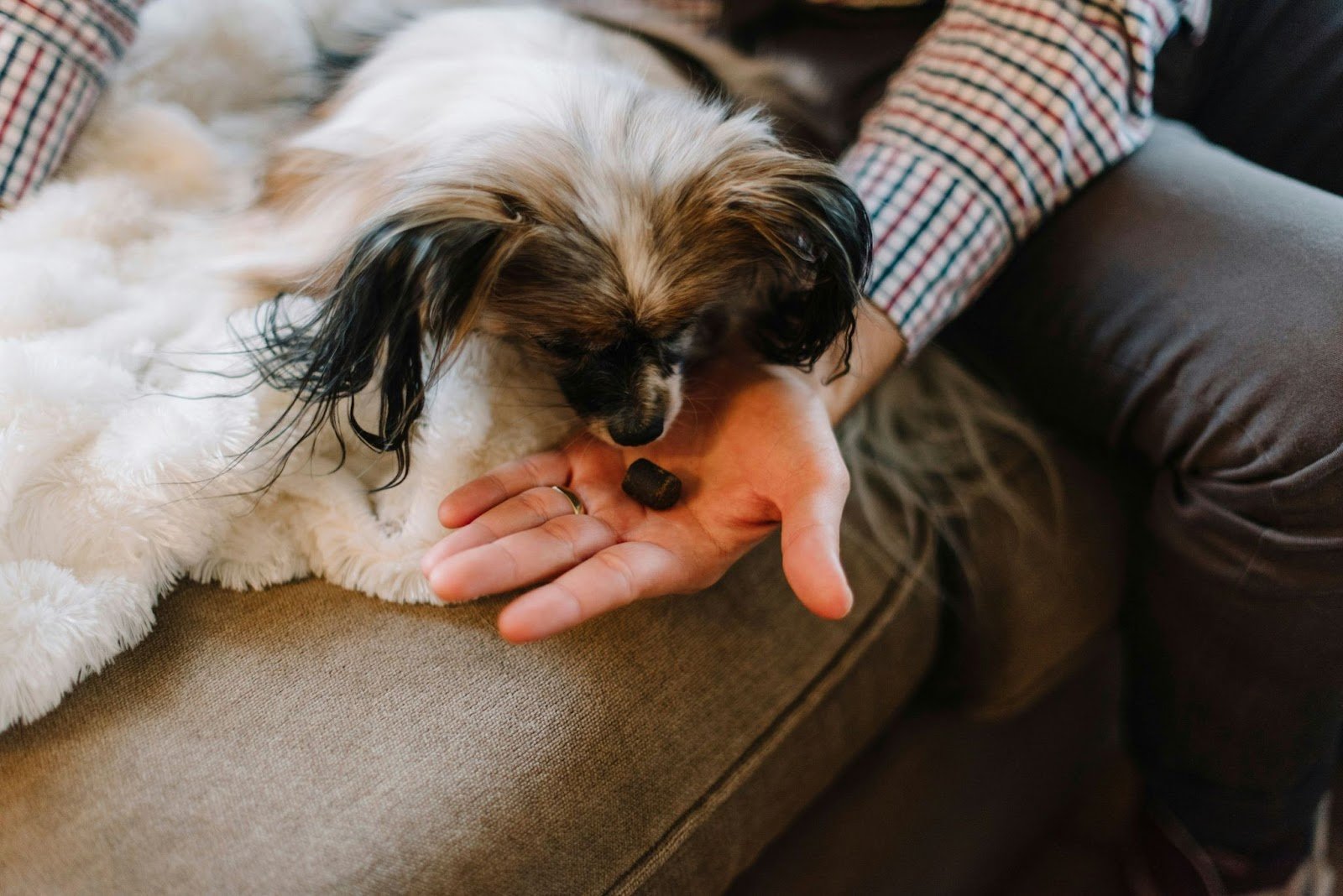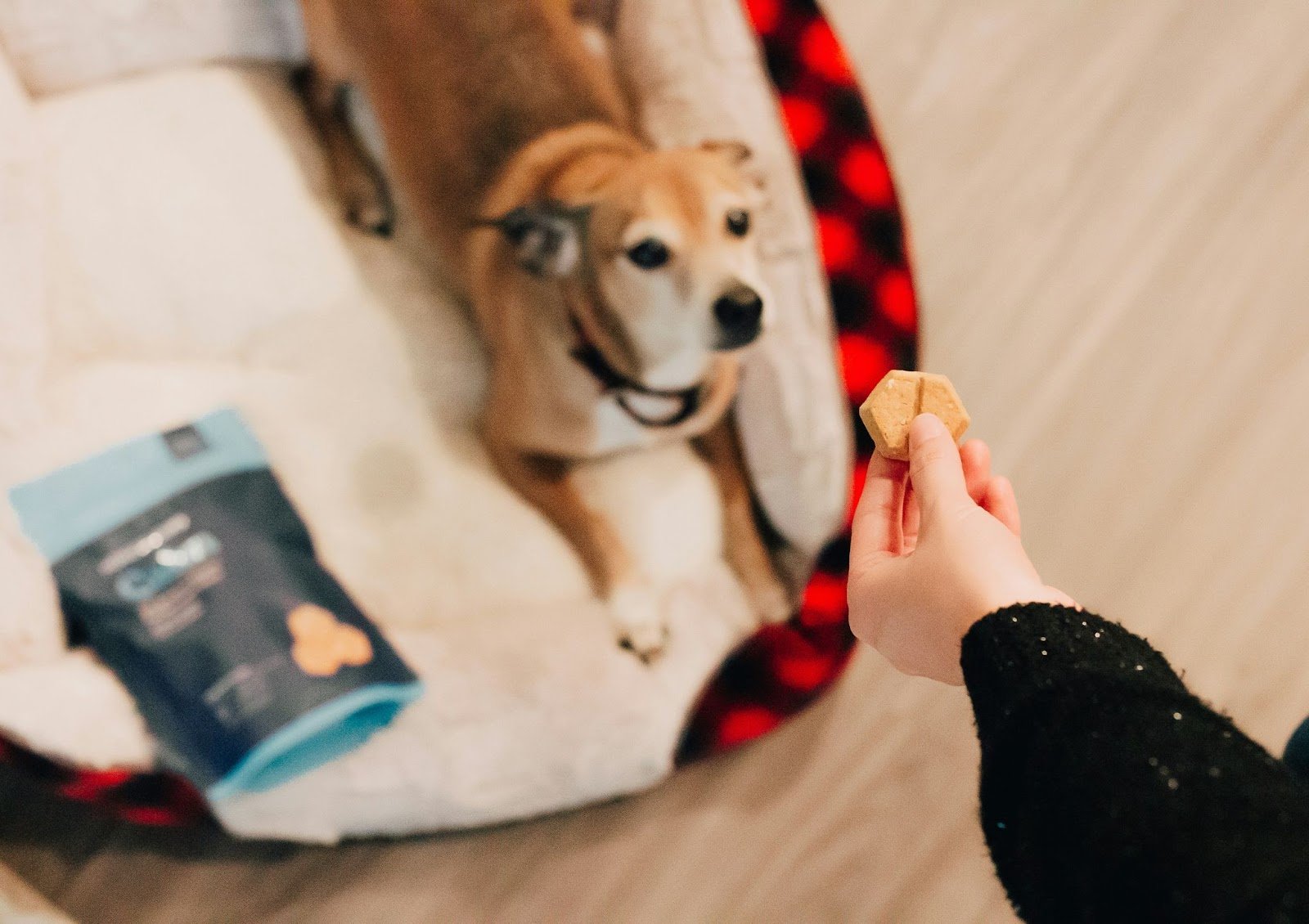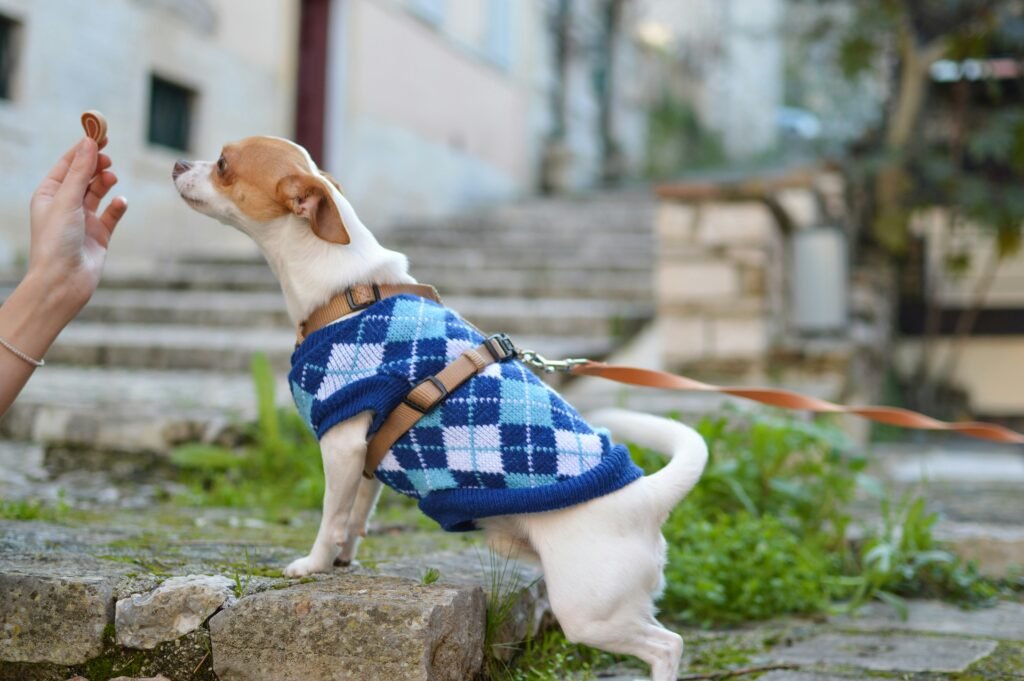It’s a familiar scenario for many dog owners: your dog is not eating his food but will eagerly eat treats. This behavior can be puzzling and concerning, leaving you wondering why your dog is being so picky. It is important to understand the reasons behind this behavior because this can help you address the issue and ensure your dog is getting the nutrition he needs.
Why Won’t My Dog Eat Food?
There are several reasons why your dog may refuse to eat his food while still showing interest in treats. This may include food preferences, health issues, behavior issues, and spoiling.
Food Preferences:
Dogs, like humans, can be quite discerning when it comes to their food preferences. While some dogs are not very picky and will eat just about anything, others can be quite selective. This selectivity can extend to the taste, texture, and even the smell of their food.
One reason why your dog may prefer treats over his regular food is the taste. Treats are often designed to be highly palatable, with strong flavors that dogs find irresistible. In contrast, commercial dog food may not be as flavorful, especially if your dog is used to a diet rich in treats or table scraps. Texture is another factor that can influence your dog’s food preferences. Some dogs prefer crunchy foods, while others may prefer softer textures. Treats often have a different texture than regular kibble, which can make them more appealing to your dog. If you’re interested in trying out a new dog food, check out our recommendations of the best dog food options.
The smell of food is also important to dogs. Dogs have a highly developed sense of smell, and the aroma of food plays a significant role in their enjoyment of it. Treats are often more aromatic than regular dog food, which can make them more enticing to your dog. It’s also worth considering the context in which treats are given. Treats are often associated with positive experiences, such as training sessions or rewards for good behavior. This positive association can make treats more appealing to your dog, even if they are not particularly hungry.
Health Issues:
Loss of appetite in dogs can indicate underlying health issues, such as dental problems, digestive issues, or illness. Dental problems like tooth decay or gum disease can make eating uncomfortable. This can lead to a reluctance to eat regular food, especially if it requires chewing. Understanding your dog’s mouth and taking the right steps to improve their dental health can help avoid these potential issues.
Digestive problems such as gastritis, pancreatitis, or gastrointestinal obstructions can cause nausea and discomfort, reducing appetite. Additionally, illnesses like infections, kidney disease, liver disease, or cancer can affect overall health and lead to a decreased appetite. Some medication side effects can also cause a decreased appetite, so it’s important to consult a veterinarian if your dog has suddenly lost interest in food. Stress or anxiety due to changes in the environment, routine, or household dynamics can also contribute to a decreased appetite.
Behavioral Issues:
Behavioral issues can also contribute to a dog’s refusal to eat his food. Sometimes, dogs may refuse to eat as a form of protest or due to stress or anxiety. Changes in the environment, routine, or household dynamics can trigger such behavior. For example, moving to a new house, the arrival of a new pet or family member, or changes in the daily schedule can cause stress and lead to a decreased appetite. Dogs are creatures of habit, and any disruptions to their routine can impact their eating habits. Additionally, dogs may refuse to eat if they feel anxious or fearful, such as during thunderstorms or fireworks. It’s important to address any underlying stressors or anxiety triggers and provide a calm and stable environment for your dog to help encourage healthy eating habits.
Spoiling:
Spoiling can also play a role in a dog’s reluctance to eat his regular food. If your dog is given treats or table scraps, they may develop a preference for these over his regular food. Treats are often tastier and more rewarding for dogs, so they may prefer these instead of eating regular food. This behavior can be reinforced if the dog receives treats frequently for no particular reason, leading to a sense of entitlement or expectation. To address this issue, it’s important to establish a balanced diet for your dog. Also, be sure to limit treats to occasional rewards for good behavior or during training sessions. This can help prevent picky eating and ensure that your dog is receiving the nutrition needed from his regular food.

Dogs and Their Feeding Habits:
Understanding your dog’s natural feeding habits can provide insight into why he may prefer treats over his regular food. In the wild, dogs are scavengers and opportunistic eaters, often favoring high-value, calorie-dense items like treats over their regular, less exciting food. Additionally, dogs are social animals and may be influenced by their environment. If they observe other dogs or humans enjoying treats, they may be more inclined to seek out treats as well. Furthermore, if your dog has been conditioned to expect treats for certain behaviors through training, he may be more motivated to eat them than his regular food. These factors can all contribute to your dog’s preference for treats and help you understand his behavior better.
Tips for Encouraging Your Dog to Eat:
If your dog is refusing to eat his food but happily munches on treats, there are several strategies you can try to encourage him to eat:
- Limit Treats: Reduce the number of treats you give your dog to increase his appetite for his regular food.
- Switch Your Dog Food: Try a new brand or flavor of dog food to see if your dog is more interested in a new option.
- Mix Treats with Food: Mix a small amount of treats or wet food with your dog’s regular kibble to make it more appealing.
- Establish a Feeding Routine: Feed your dog at the same times every day and remove his food bowl after a set amount of time to encourage him to eat when food is offered.
- Provide a Quiet Environment: Create a calm, quiet environment for your dog to eat in, free from distractions and stressors.
- Consult Your Veterinarian: If your dog’s refusal to eat persists, consult your veterinarian to rule out any underlying health issues and to get personalized advice.

Preventing Future Eating Issues
To prevent future feeding issues, it’s important to consider several key tips. First, ensure your dog is receiving a balanced diet that meets his nutritional needs. This can help prevent nutritional deficiencies and ensure he remains healthy. Additionally, limit treats and table scraps to prevent your dog from becoming too picky and preferring these over his regular food. Regular exercise is also important, as it can help stimulate your dog’s appetite and maintain a healthy weight. Finally, schedule routine check-ups with your veterinarian to catch any potential health issues early and address them promptly. These tips can help ensure your dog remains healthy and maintains a healthy appetite.
Understanding Why Your Dog Is Only Eating Treats:
While it can be concerning when your dog is not eating his food but will eat treats, it is important to understand the reasons behind this behavior. Knowing the causes of this can help you address the issue and prevent this from happening in the future. By offering a balanced diet, limiting treats, establishing a feeding routine, and consulting your veterinarian if needed, you can ensure your dog stays healthy and happy.


